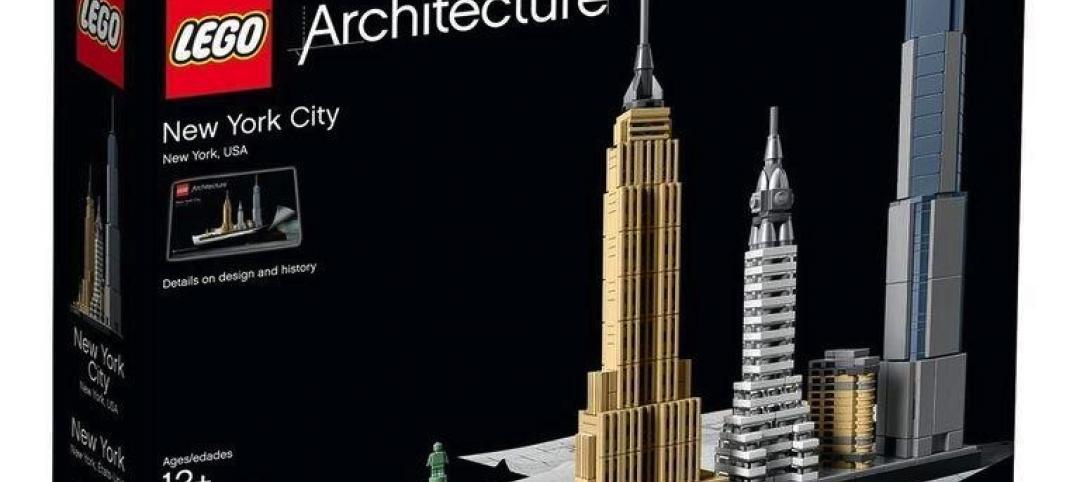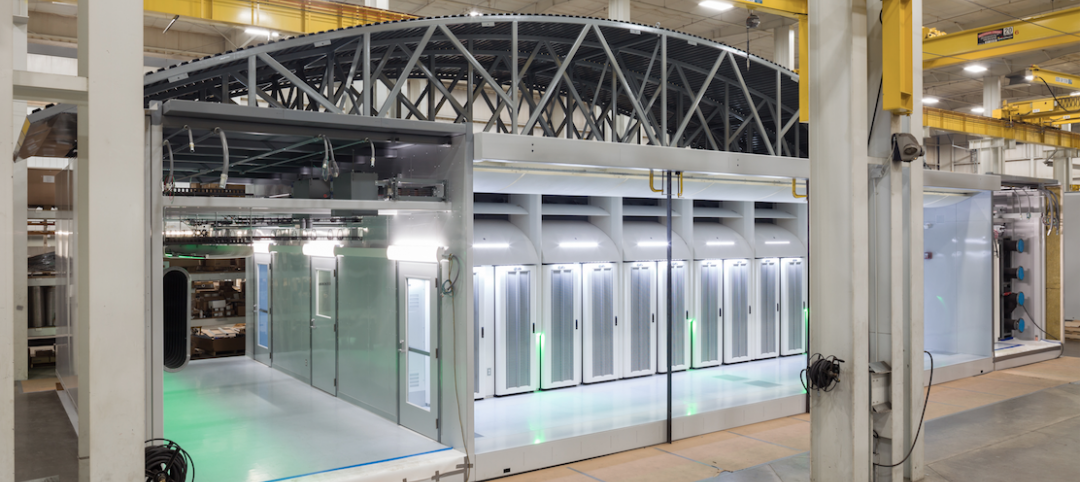1. Johns Manville ENRGY 3.E Halogen-Free Polyiso Insulation
Johns Manville is the first manufacturer to sell a polyisocyanurate roofing insulation not containing TCPP, or Tris (1-chloro-2-propyl) phosphate, the halogenated flame retardant used in polyiso and spray foam.
2. Organic Furnishings from Ekla Home
These furnishings are made from natural latex and do not require chemical flame retardants.
3. KI Chair with AirCarbon Plastic
The materials that go into the KI Chair come from agriculturally-sourced methane rather than petroleum, which makes the chair carbon-negative.
4. FocalPoint Bioretention System
This filtration systems provides the performance of natural storm water filtration on a very small footprint.
5. Multistack Magnetic Levitation Chillers with Danfoss Compressors
These chillers cool offices, schools, and large commercial buildings; they are energy-efficient and eliminate the need for mechanical seals, gears, pumps, and many other conventional components.
6. Fluid-Applied Cat 5 Air Barrier System from Prosoco
The parts that make up these air barriers are based on the high-performance "hybrid" polymer chemistry, which lacks solvents and isocyanates; in addition, the removal of phthalate plasticizers makes them eligible for use in Living Building Challenge Products.
7. Clean Energy Collective
The collective develops locally-sited photovoltaic facilities across the U.S. and engages with local utilities so that local people can purchase and own PV panels within a shared array.
8. Cascadia Clip Thermal Spacers
The Cascadia Clip offers support for cladding over insulation, and it decreases thermal bridging more effectively than conventional methods.
9. Marvin Windows with U.S. Passive House Certification
Marvin Windows is the first major American window manufacturer to issue a Passive House Institute U.S.-certified window. These windows are available with FSC-certified wood.
10. USAI Lighting Color Select Tunable Lighting
This product blends the efficacy of LEDs with the ability to provide users complete control over the color and intensity of their interior lighting.
Read BuildingGreen's full report here.
Related Stories
Architects | Dec 16, 2015
Architects create commission for diversity advancement
The 20-member group will assess recent data, set a plan of action, and report on results to the AIA Board of Directors.
Architects | Dec 15, 2015
ULI names Lord Richard Rogers the 2015 J.C. Nichols Prize winner
Rogers, Founder of Rogers Stirk Harbour + Partners, works on projects that “shine a spotlight on the challenges that people in urban areas are facing."
Market Data | Dec 15, 2015
AIA: Architecture Billings Index hits another bump
Business conditions show continued strength in South and West regions.
Architects | Dec 14, 2015
New LEGO line lets builders construct iconic skylines
New York City, Berlin, and Venice are featured in the Architecture Skyline Collection.
Architects | Dec 14, 2015
Date named for announcement of 2016 Laureate of the Pritzker Architecture Prize
The Laureate will be named the morning of January 13.
Architects | Dec 9, 2015
Architecture firms Cooper Carry and The Johnson Studio merge
The combination is expected to bolster each firm’s hospitality-related services.
Industry Research | Dec 8, 2015
AEC leaders say the 'talent wars' are heating up: BD+C exclusive survey
A new survey from Building Design+Construction shows that U.S. architecture, engineering, and construction firms are being stymied by the shortage of experienced design and construction professionals and project managers.
Architects | Dec 4, 2015
Denise Scott Brown and Robert Venturi win 2016 AIA Gold Medal Award
The husband and wife architect team—founders of VSBA Architects and Planners—are the award's first joint winners.
Architects | Dec 3, 2015
LMN Architects wins 2016 AIA Architecture Firm Award
The firm is known for projects like Vancouver Convention Centre West and the University of Washington’s Foster School of Business.
Greenbuild Report | Dec 1, 2015
Data centers turn to alternative power sources, new heat controls and UPS systems
Data centers account for 2% of the nation’s electricity consumption and about 30% of the power used annually by the economy’s information and communications technology sector, according to the National Renewable Energy Laboratory.
















